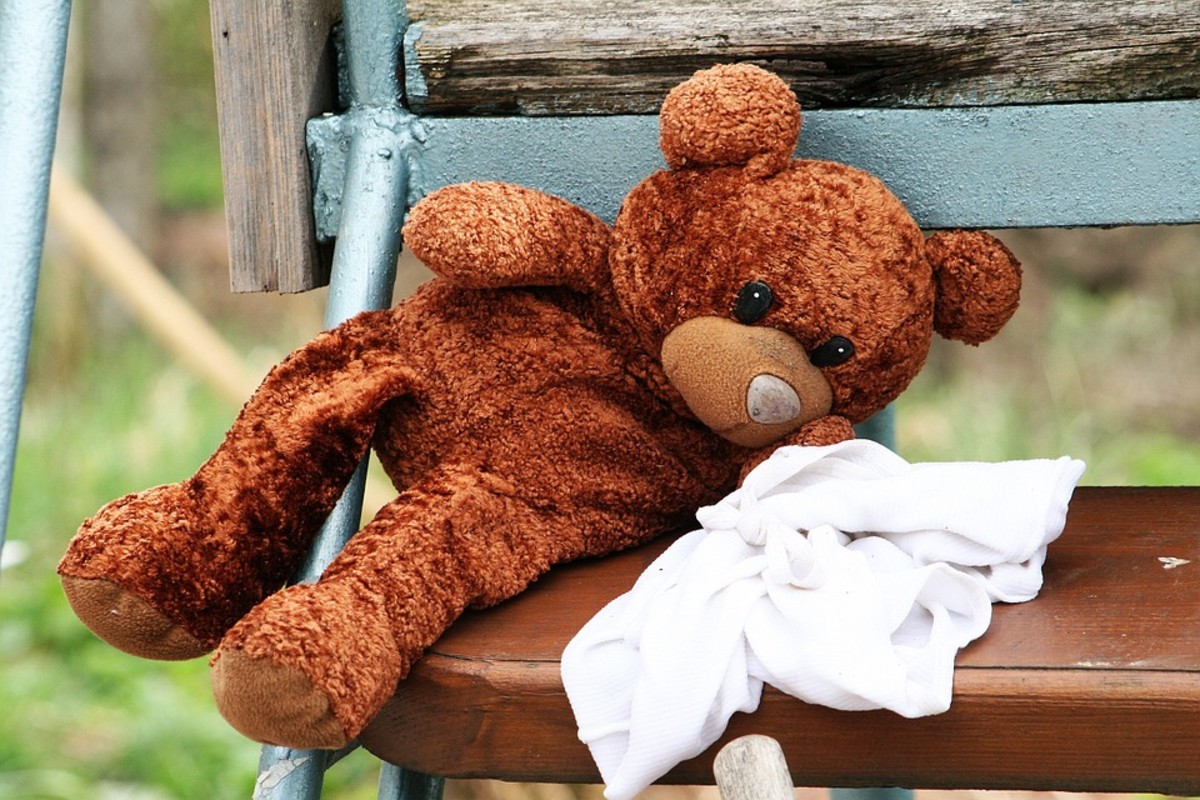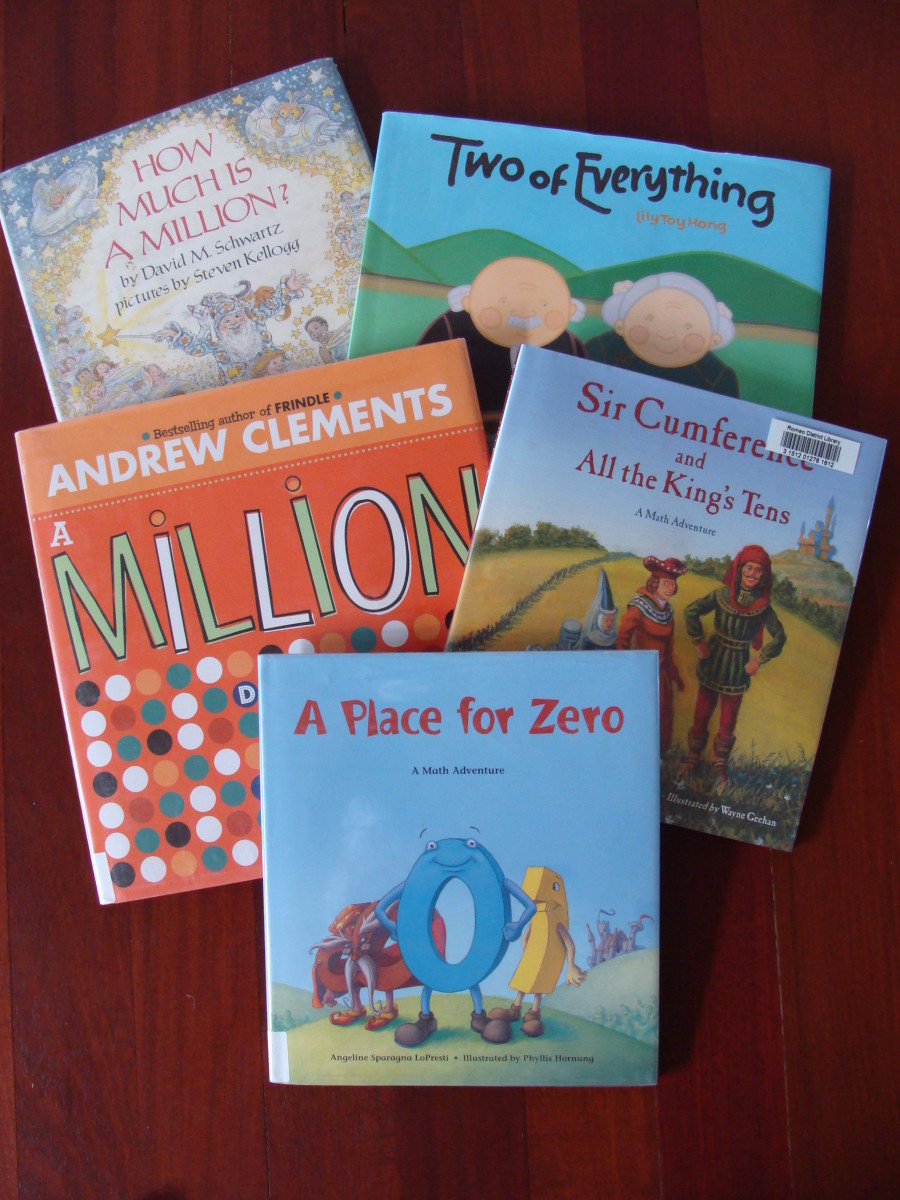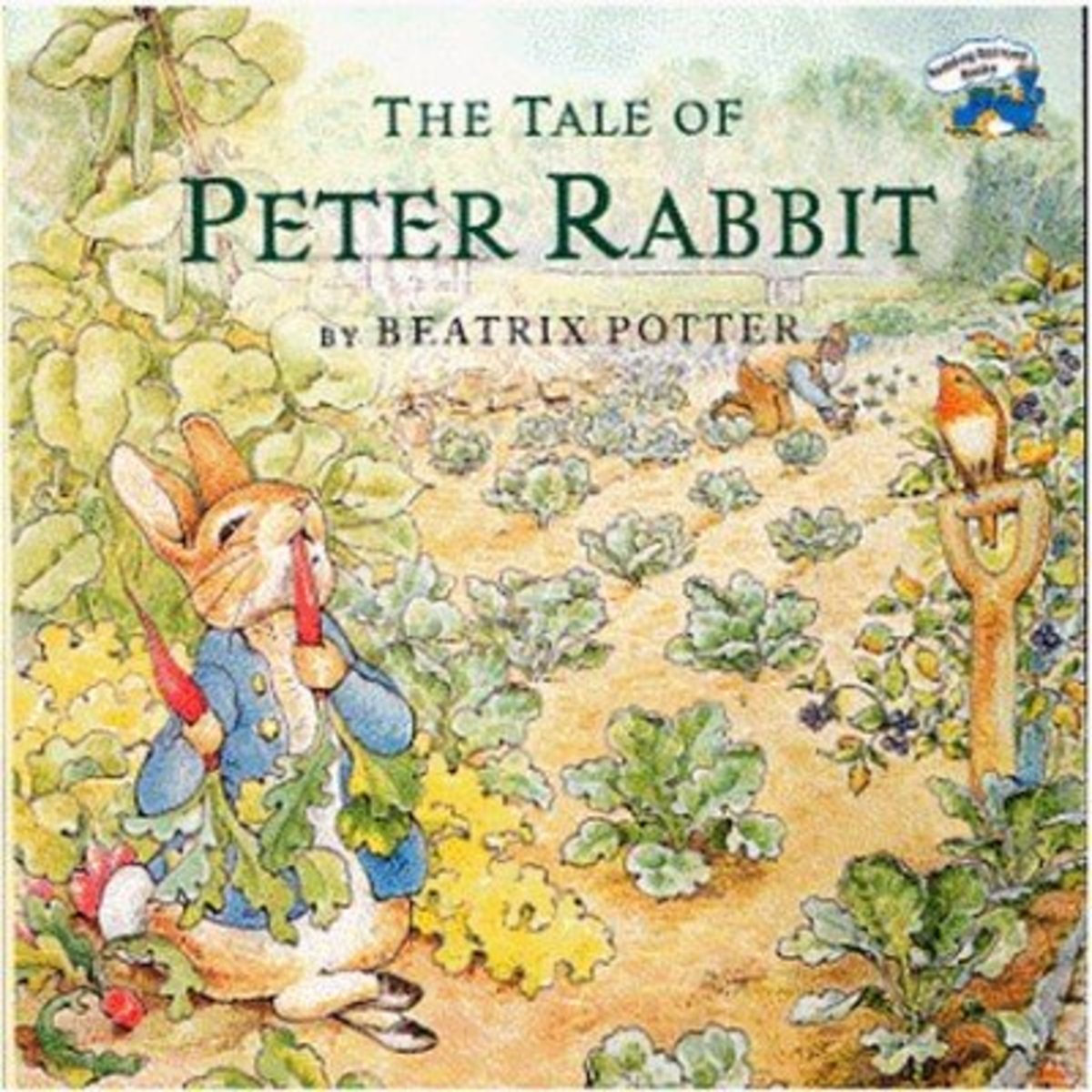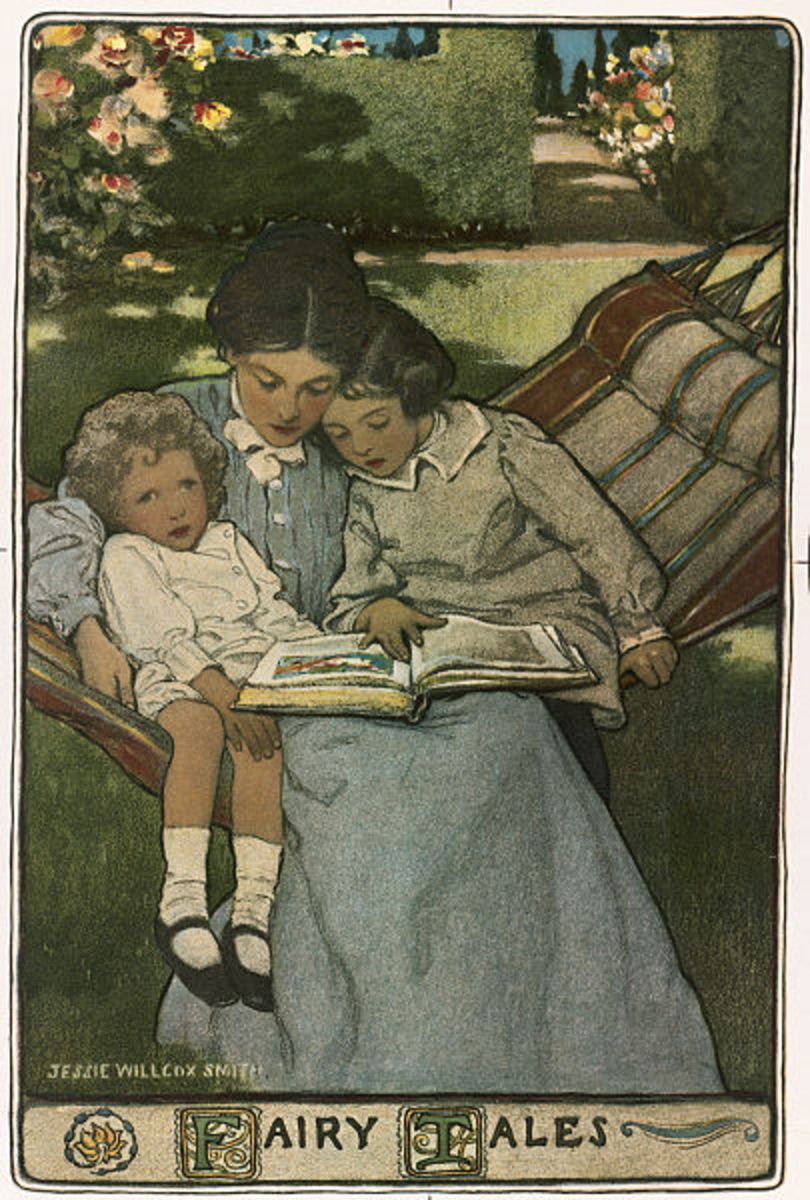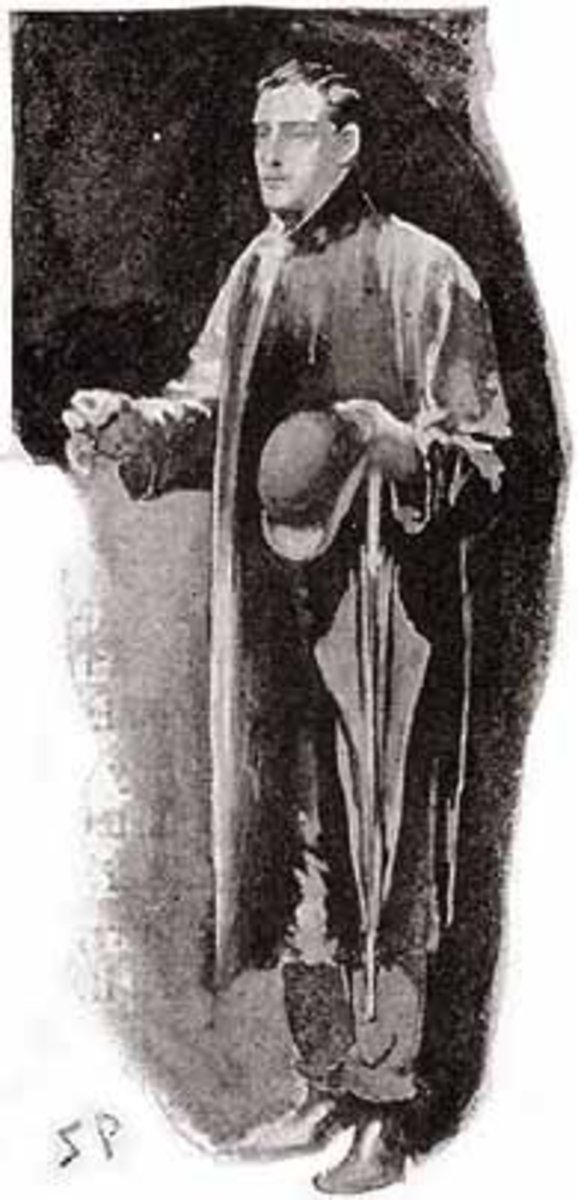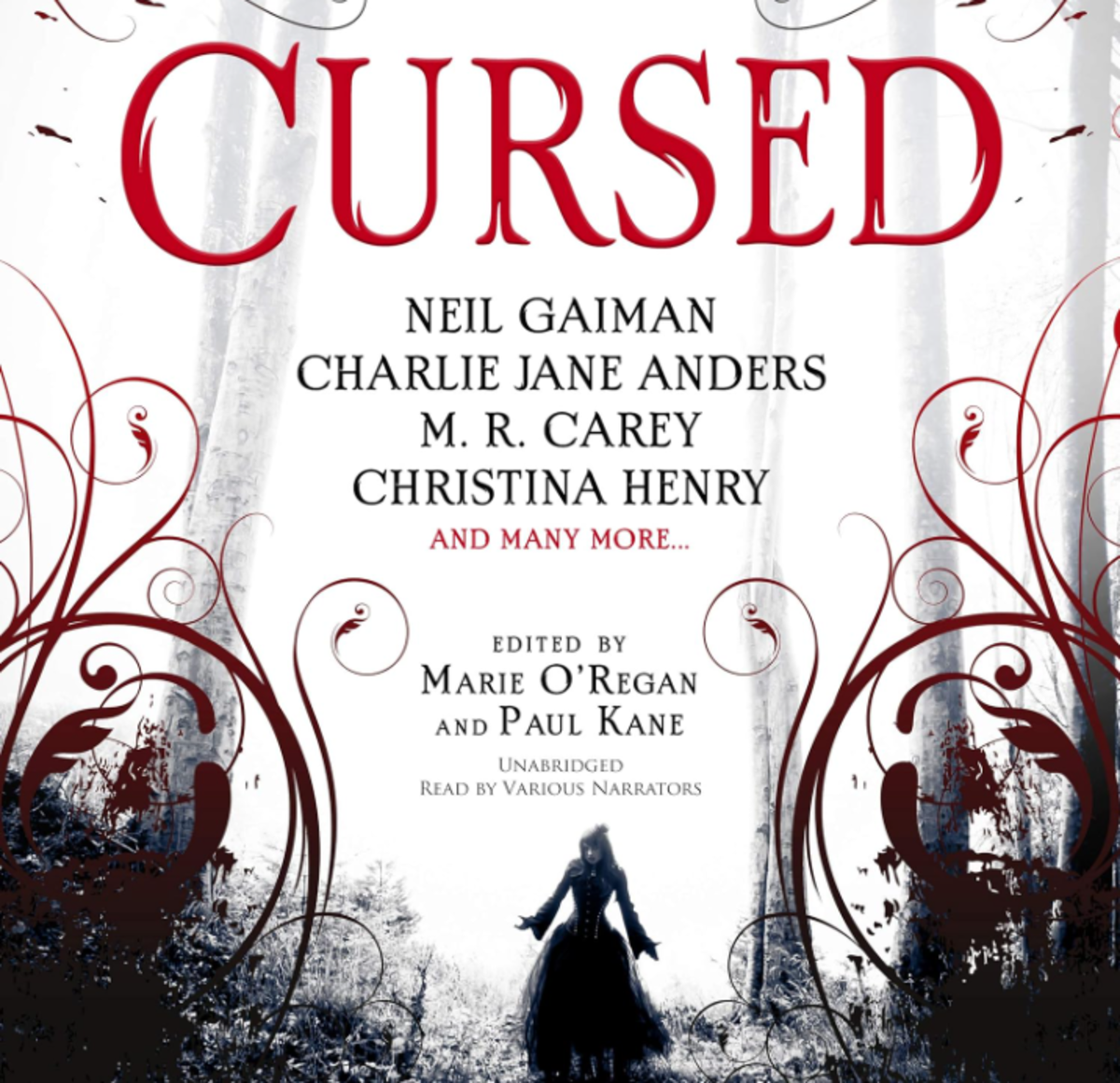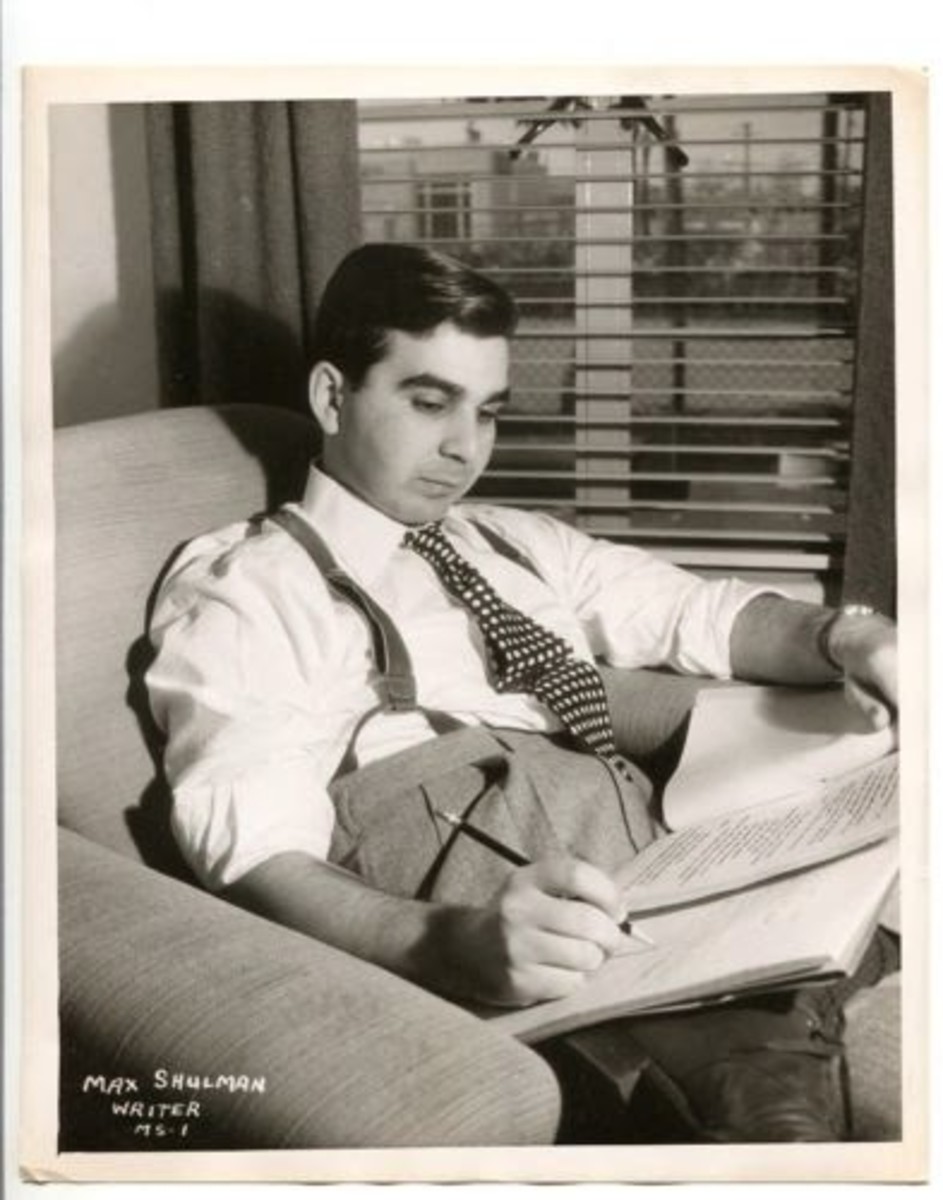The Wind in the Willows: An Enduring Favorite
Under the Willows, Cookham-on-Thames
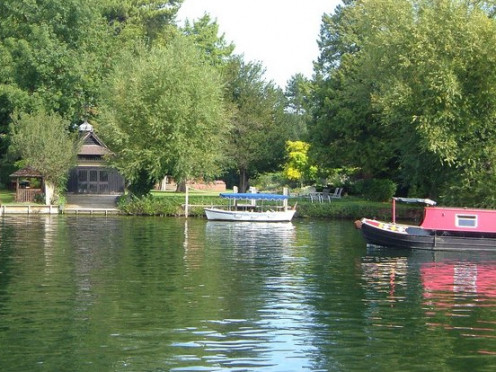
Engaging Illustrations a Highlight of the 100th Anniversary Edition
A Skilled Author Introduces His Son to Seven Delightful Animals
Kenneth Graham Introduces the Animals of "Wind in the Willows"
Author Kenneth Grahame introduces seven animals with human characteristics into bedtime tales that would become the bases for "Wind in the Willows" to his son Alastair. These animals and their cohorts spent the majority of their time in the Thames river valley (England) "messing around in boats" and generating happenstance adventures.
The Seven that Comprise the Cohort
- Mole - a home-loving and pretty mild-mannered guy;
- Ratty - a water vole who fancies himself as a literary type and sees fit to take Mole under his guidance;
- Mr. Toad - the scion of wealth and possessor of Toad Hall who possesses many good qualities, but also suffers from the lack of characteristics which might keep him from trouble;
- Mr. Badger - a solitary and gruff fellow who tends to be a hermit, but whose skills as a ferocious fighter help the cohort bring peace to their neighborhood;
- Otter and Portly - a father and son duo who are friends of Ratty with the father being a tough, self-sufficient extrovert depicted as possessing a "Cockney costermonger" character; Portly tends to go missing and gets the adults in a dither;
- Chief Weasel - is the bad guy who with his band of weasels, stoats, and ferrets migrates from the Wild Wood in a hopeful attempt to take over Toad Hall;
- The Wayfarer - a seafaring, itinerant and nomadic rat who captivates Ratty into believing he would enjoy that sort of life. Ratty ultimately sees the light and the Vagabond moves on.
- Numerous other animals such as squirrels and rabbits inhabit the neighborhoods of the Wild Woods and the water meadow. They are all decent beings except for the rabbits that are a mixed bag of good and wicked.
The Gaoler's (jailer's) Daughter is the only human depicted in the story. A "good, kind, clever girl" is her description as she helps Toad with his prison escape. Pan, god of nature and the wild, makes a slightly atypical appearance in Chapter 7, where he appears as "The Piper at the Gates of Dawn."
Beginnings of British Children's Literature
Published in 1908, "The Wind in the Willows" was the beginning of the heyday of children's literature in Britain. What is unique about this book is that it is really two books rolled into one. The stories of one book concern themselves with the adventures of clever but foolish Toad and his well-meaning cohort; the other with shorter chapters, complete stories within themselves, that feature the other animals and deal with human emotions. The chapters interweave in a satisfying, but capricious manner with each other.
Structure of the "Wind in the Willows"
In his autobiography,"Enchanted Places," Christopher Robin Milne - son of author A. A. Milne and the basis of the character Christopher Robin in his father's Winnie-the-Pooh stories and in two books of poems - says this of the dichotomy of "The Wind in the Willows," "My mother was drawn to the second group, of which "The Piper at the Gates of Dawn" was her favourite (sic), read to me again and again with always, towards the end, the catch in the voice and the long pause to find her handkerchief and blow her nose. My father, on his side, was so captivated by the first group that he turned these chapters into the children's play, Toad of Toad Hall. In this play one emotion only is allowed to creep in: nostalgia."
The stories of Toad and his cohort not only captured the imaginations of generations of British and then American children, but then went on to become spin-off products, offshoots like stuffed animals, adaptations into radio programs, recordings, stage productions and films and outgrowths of completely non literary products like theme park attractions.
Illustrations or No Illustrations
The story was originally published without illustrations, but there are, on the market, many editions illustrated by popular and famous illustrators of children's literature from the turn of the 20th century through to present time. My favorites include those of Ernest H. Shepard (1933), Arthur Rackham (1940), and Tasha Tudor (1966). The illustrations in the slideshow below are by Paul Bransom from the 1913 edition. (They are copied from Wikimedia and are in the public domain in the US because they were published - or registered with the U.S. Copyright Office - before January 1, 1923.)
A Concise Summary
Overall, "The Wind in the Willows" is an enjoyable, if slightly zany, book that will hold the interest of both children and adults with receptive imaginations. There are very few of us who would not enjoy a sunny afternoon of adventures with ferocious, literary-minded, home-loving, self-sufficient and madcap friends.
Cookham on the River Thames, England; inspiration for "The Wind in the Willows"
"The Wind in the Willows" and My Development as a Reader
"Books are a uniquely portable magic," says Stephen King, American author of contemporary fantasy. Reading this quote brings to my inner camera a portrait of me as a pig-tailed, sun-dressed girl with a big grin dragging around a copy of "The Wind in the Willows."
I did not know what a water meadow or a manor house was, or even the location of England, but I puzzled over and delighted in the antics of the "Wind in the Willow" characters. And what characters they are! They still make me laugh.
Girl Child Reading
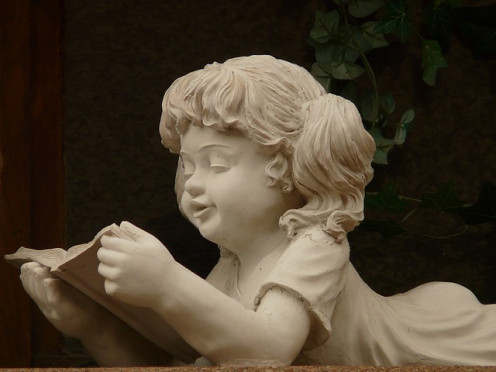
One Fairy Tale Book and Two Animal Book Series from the First Golden Age of British Children's Literature
"The Water-Babies, A Fairy Tale for a Land Baby" was part of a miscellaneous collection of books in our living room as I was growing up. I don't remember much of the story from those days, though I do remember the illustrations. The "Winnie the Pooh" books were part of my children's growing up years complete with accessory tie-ins. The Beatrix Potter were among my favorites as was the author who struggled as an artist, writer and woman at a time when there were not many options open to women. All of the books below are perfect for read aloud books. The Water Babies book is also good to read out unless the reader can not get by the offensive material, or doesn't want to explain it.


THE WIND IN THE WILLOWS - FULL AudioBook (by Kenneth Grahame) | Greatest Audio Books read by an American with an American accent.
Epithet written by Grahame's cousin and fellow writer Anthony Hope,"To the beautiful memory of Kenneth Grahame, husband of Elspeth and father of Alastair, who passed the river on the 6th of July, 1932, leaving childhood and literature through him the more blest for all time". from Carpenter, Humphrey; Mari Prichard (1991). The Oxford Companion to Children's Literature. Oxford: Oxford University Press. pp. 216–219.
Grahame's headstone in Holywell Cemetery, Oxford
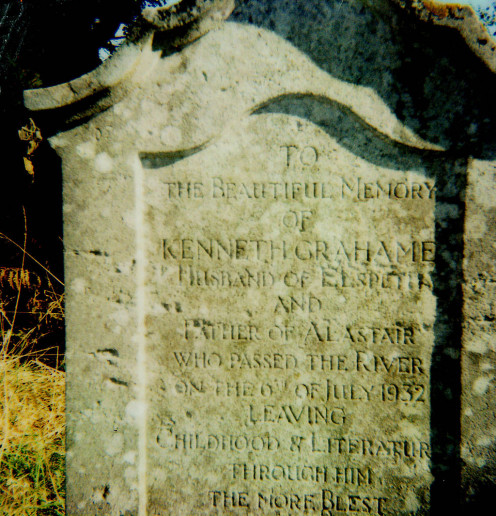
Photo Gallery
Click thumbnail to view full-size
![Title piece of Wind in the Willows. 1913.
[Public Domain] Title piece of Wind in the Willows. 1913.[Public Domain]](https://usercontent2.hubstatic.com/9825789_50.jpg)
![Rat, Mole and the Piper at the Gates of Dawn. 1913.
By Bransom, Paul, illustrator, [Public Domain], via Wikimedia Commons Rat, Mole and the Piper at the Gates of Dawn. 1913.By Bransom, Paul, illustrator, [Public Domain], via Wikimedia Commons](https://usercontent2.hubstatic.com/9825803_50.jpg)
![Badger leading Rat, Mole, and Toad to the secret passage. 1913. page 327.
By Bransom, Paul, illustrator, [Public Domain], via Wikimedia Commons Badger leading Rat, Mole, and Toad to the secret passage. 1913. page 327.By Bransom, Paul, illustrator, [Public Domain], via Wikimedia Commons](https://usercontent2.hubstatic.com/9825819_50.jpg)
![Mr. Toad stands at his full height. 1913. page 292
By Bransom, Paul, illustrator, [Public Domain], via Wikimedia Commons Mr. Toad stands at his full height. 1913. page 292By Bransom, Paul, illustrator, [Public Domain], via Wikimedia Commons](https://usercontent1.hubstatic.com/9825836_50.jpg)
![Mr. Toad, a prisioner, in a remote dungeon. 1913. page 165
By Bransom, Paul, illustrator, [Public Domain], via Wikimedia Commons Mr. Toad, a prisioner, in a remote dungeon. 1913. page 165By Bransom, Paul, illustrator, [Public Domain], via Wikimedia Commons](https://usercontent1.hubstatic.com/9825850_50.jpg)
![The Gaoler's daughter and Mr. Toad. 1913. page 195
By Bransom, Paul, illustrator, [Public Domain], via Wikimedia Commons The Gaoler's daughter and Mr. Toad. 1913. page 195By Bransom, Paul, illustrator, [Public Domain], via Wikimedia Commons](https://usercontent1.hubstatic.com/9825866_50.jpg)
![Ratty speaking with the Sea Rat. 1913. page 240
By Bransom, Paul, illustrator, [Public Domain], via Wikimedia Commons Ratty speaking with the Sea Rat. 1913. page 240By Bransom, Paul, illustrator, [Public Domain], via Wikimedia Commons](https://usercontent1.hubstatic.com/9825882_50.jpg)
![Mole in The Wild Wood. 1913. page 65
By Bransom, Paul, illustrator, [Public Domain], via Wikimedia Commons Mole in The Wild Wood. 1913. page 65By Bransom, Paul, illustrator, [Public Domain], via Wikimedia Commons](https://usercontent1.hubstatic.com/9825896_50.jpg)
![Rat, Mole and Mr. Toad On the Open Road. 1913. page 50.
By Bransom, Paul, illustrator, [Public Domain], via Wikimedia Commons Rat, Mole and Mr. Toad On the Open Road. 1913. page 50.By Bransom, Paul, illustrator, [Public Domain], via Wikimedia Commons](https://usercontent2.hubstatic.com/9825909_50.jpg)
![Water Rat emerging from his hole alongthe river bank. 1913. page 50.
By Bransom, Paul, illustrator, [Public Domain], via Wikimedia Commons Water Rat emerging from his hole alongthe river bank. 1913. page 50.By Bransom, Paul, illustrator, [Public Domain], via Wikimedia Commons](https://usercontent1.hubstatic.com/9825924_50.jpg)
![The Otter through the Wild Wood in the Snow. 1913. Page 94.
By Bransom, Paul, illustrator, [Public Domain], via Wikimedia Commons The Otter through the Wild Wood in the Snow. 1913. Page 94.By Bransom, Paul, illustrator, [Public Domain], via Wikimedia Commons](https://usercontent1.hubstatic.com/9825940_50.jpg)
This content is accurate and true to the best of the author’s knowledge and is not meant to substitute for formal and individualized advice from a qualified professional.
© 2014 Georgene Moizuk Bramlage
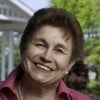

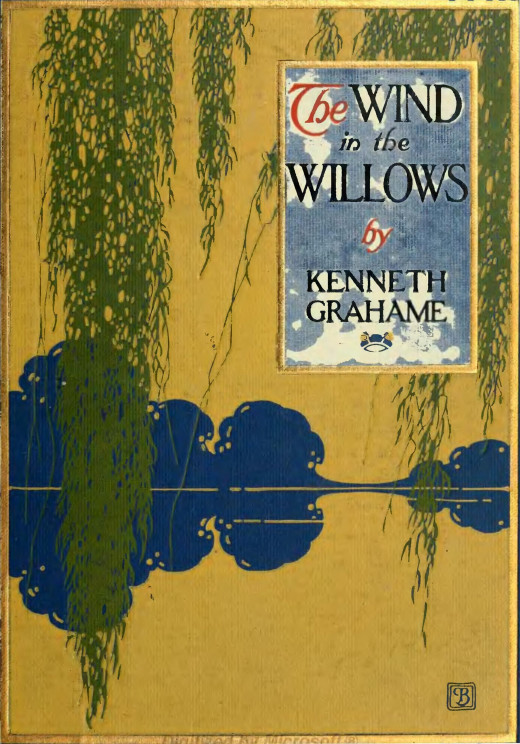
![Title piece of Wind in the Willows. 1913.[Public Domain] Title piece of Wind in the Willows. 1913.[Public Domain]](https://usercontent2.hubstatic.com/9825789_f520.jpg)
![Rat, Mole and the Piper at the Gates of Dawn. 1913.By Bransom, Paul, illustrator, [Public Domain], via Wikimedia Commons Rat, Mole and the Piper at the Gates of Dawn. 1913.By Bransom, Paul, illustrator, [Public Domain], via Wikimedia Commons](https://usercontent2.hubstatic.com/9825803_f520.jpg)
![Badger leading Rat, Mole, and Toad to the secret passage. 1913. page 327.By Bransom, Paul, illustrator, [Public Domain], via Wikimedia Commons Badger leading Rat, Mole, and Toad to the secret passage. 1913. page 327.By Bransom, Paul, illustrator, [Public Domain], via Wikimedia Commons](https://usercontent2.hubstatic.com/9825819.png)
![Mr. Toad stands at his full height. 1913. page 292By Bransom, Paul, illustrator, [Public Domain], via Wikimedia Commons Mr. Toad stands at his full height. 1913. page 292By Bransom, Paul, illustrator, [Public Domain], via Wikimedia Commons](https://usercontent1.hubstatic.com/9825836_f520.jpg)
![Mr. Toad, a prisioner, in a remote dungeon. 1913. page 165By Bransom, Paul, illustrator, [Public Domain], via Wikimedia Commons Mr. Toad, a prisioner, in a remote dungeon. 1913. page 165By Bransom, Paul, illustrator, [Public Domain], via Wikimedia Commons](https://usercontent1.hubstatic.com/9825850.png)
![The Gaoler's daughter and Mr. Toad. 1913. page 195By Bransom, Paul, illustrator, [Public Domain], via Wikimedia Commons The Gaoler's daughter and Mr. Toad. 1913. page 195By Bransom, Paul, illustrator, [Public Domain], via Wikimedia Commons](https://usercontent1.hubstatic.com/9825866.png)
![Ratty speaking with the Sea Rat. 1913. page 240By Bransom, Paul, illustrator, [Public Domain], via Wikimedia Commons Ratty speaking with the Sea Rat. 1913. page 240By Bransom, Paul, illustrator, [Public Domain], via Wikimedia Commons](https://usercontent1.hubstatic.com/9825882.png)
![Mole in The Wild Wood. 1913. page 65By Bransom, Paul, illustrator, [Public Domain], via Wikimedia Commons Mole in The Wild Wood. 1913. page 65By Bransom, Paul, illustrator, [Public Domain], via Wikimedia Commons](https://usercontent1.hubstatic.com/9825896.png)
![Rat, Mole and Mr. Toad On the Open Road. 1913. page 50.By Bransom, Paul, illustrator, [Public Domain], via Wikimedia Commons Rat, Mole and Mr. Toad On the Open Road. 1913. page 50.By Bransom, Paul, illustrator, [Public Domain], via Wikimedia Commons](https://usercontent2.hubstatic.com/9825909.png)
![Water Rat emerging from his hole alongthe river bank. 1913. page 50.By Bransom, Paul, illustrator, [Public Domain], via Wikimedia Commons Water Rat emerging from his hole alongthe river bank. 1913. page 50.By Bransom, Paul, illustrator, [Public Domain], via Wikimedia Commons](https://usercontent1.hubstatic.com/9825924.png)
![The Otter through the Wild Wood in the Snow. 1913. Page 94.By Bransom, Paul, illustrator, [Public Domain], via Wikimedia Commons The Otter through the Wild Wood in the Snow. 1913. Page 94.By Bransom, Paul, illustrator, [Public Domain], via Wikimedia Commons](https://usercontent1.hubstatic.com/9825940.jpg)
